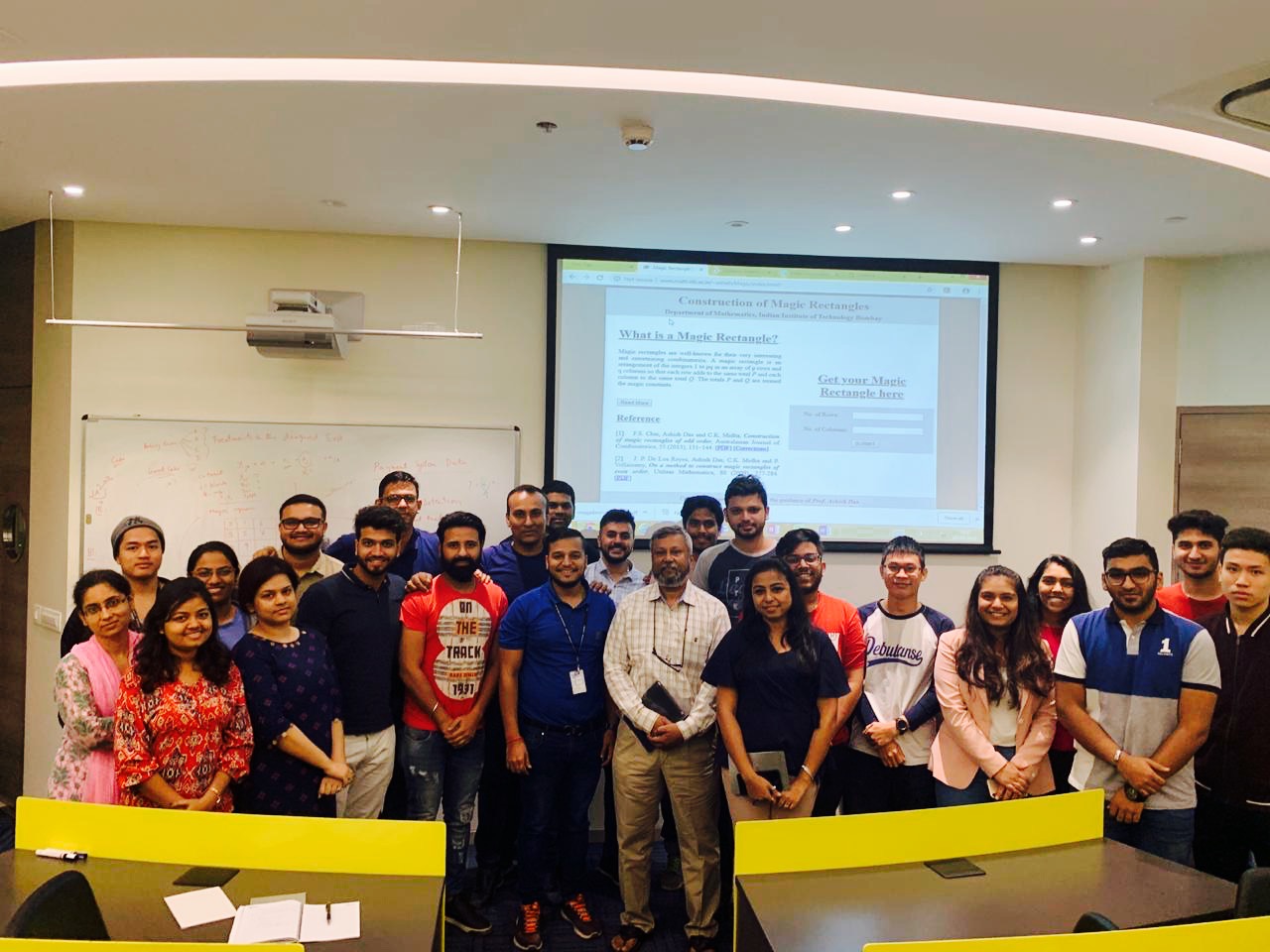In today’s data driven world, industries and organisations strive to transform a massive amount of information into strategic decisions and make data one of their most valuable assets. Understanding how to capture, process and derive insights from data has become essential. The journey from raw data to actionable insights about the data requires a blend of specialised skills and tools, with data science and data engineering serving as two distinct yet essential roles in this process. This article will explore the unique skill sets, tools, and responsibilities of data scientists and data engineers.
Data Science:
Data science is a cross-disciplinary field across different domains that combines mathematics, statistics and programming, and uses scientific methods to analyse and interpret complex data. The goal of the field of data science is to uncover meaningful insights, patterns, and trends within large volumes of data and to use these insights to make informed decisions. Data scientists follow the following steps to analyse data:
- Data Collection: The first step is data collection. This step involves gathering relevant data from various sources, such as, structured databases or unstructured data like text, images, and videos.
- Data Cleaning and Preprocessing: After collection, data must be prepared for analysis, which includes resolving missing values, removing duplicate entries, and structuring raw data into a usable format.
- Data Visualisation: The next step is to visualise the data. Here, statistical analysis and visualisation tools are used to identify patterns and correlations that inform further analysis.
- Modelling and Analysis: Data scientists apply statistical techniques and machine learning algorithms to build predictive models, allowing them to recognise patterns and make forecasts.
- Interpretation and Communication: Finally, insights and model results are translated into actionable recommendations, often visualised to ensure accessibility for non-technical stakeholders.
The core objective of data science is to derive actionable insights and accurate predictions, helping organisations make data-driven decisions, improve operational efficiency, and gain a competitive edge. Popular tools in data science include R, Python, SQL, Jupyter Notebooks, and advanced machine learning frameworks like TensorFlow and PyTorch.
Data Engineering:
Data engineering focuses on designing, building, and maintaining systems and infrastructure for collecting, storing, processing, and analysing structured or unstructured data. Its primary goal is to establish a robust data foundation that enables organisations to extract insights and make predictions effectively. By ensuring data accessibility, quality, scalability, and efficiency, data engineers empower organisations to make the most of their data assets, freeing data scientists to focus on generating actionable insights.
Data engineering encompasses various processes and tools to facilitate data movement and transformation, including:
- Data Pipeline Development: Automating the collection, transformation, and loading of data from diverse sources into a central repository (e.g.: a data warehouse).
- Database Management: Designing and maintaining scalable, efficient databases optimised for querying and storage.
- ETL Processes: Implementing Extract, Transform, Load (ETL) processes to clean, transform, and make data accessible for analysis.
- Data Integration: Ensuring seamless collaboration between data from different sources, including relational databases, APIs, and file systems.
The tools and technologies most frequently used in data engineering include Hadoop, Spark, Kafka, SQL, cloud platforms (AWS, Azure), and ETL frameworks.
Summary
In summary, data science relies on skills like statistics, data wrangling, machine learning, and data visualisation, while data engineering focuses on database management, ETL, cloud computing, and programming in SQL, Python, or Scala.
Together, these fields enable organisations to leverage data effectively, transforming raw information into strategic insights that drive innovation and growth.
About the Author
Dr Suchismita Das is our assistant professor and holds a doctorate in philosophy for her work in Semi-parametric Regression Model and Reliability Theory, Statistics at the Indian Institute of Science Education and Research (IISER). She also holds a MSc in Mathematics from IIT Kharagpur.








.jpeg)

